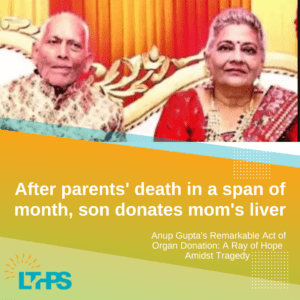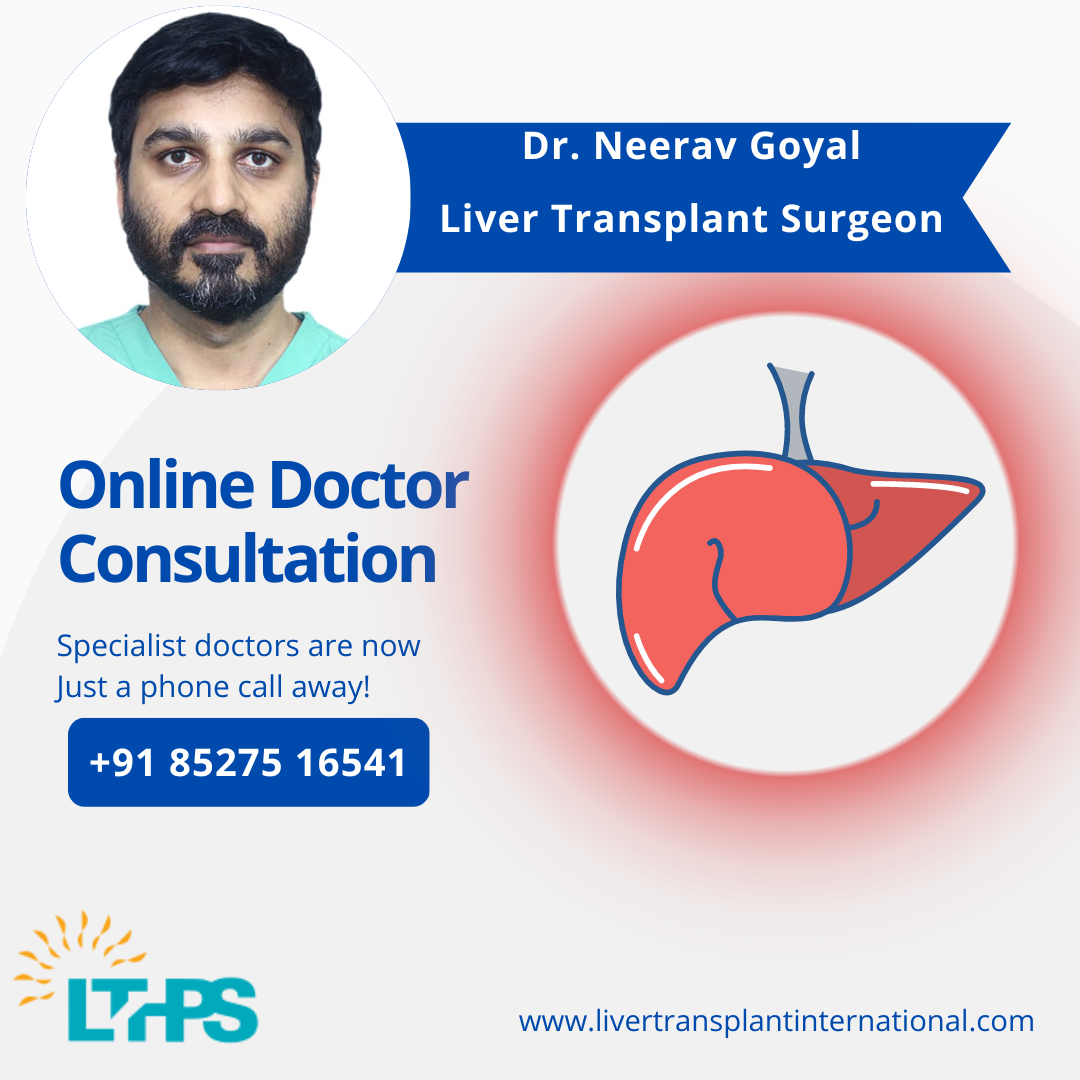Anup Gupta, a resident of Gurgaon, defies personal tragedy to donate his mother’s liver following the recent loss of both his parents. This act highlights the crucial need for increased awareness and participation in organ donation in India.
Tragedy Strikes Twice:
After losing his father, Ramesh Chand Gupta, on May 28, who had expressed a desire to donate organs, Anup Gupta faced another blow when his mother, Sarojini Gupta, was declared brain dead on June 21. This unexpected turn of events provides an opportunity to fulfill his parents’ wishes.
The Decision to Donate:
Motivated by his father’s unfulfilled aspiration and informed about the organ donation process, Anup Gupta bravely decides to donate his mother’s liver, despite the profound trauma he has experienced.
A Mother’s Last Gift:

Sarojini Gupta, aged 77, tragically suffers a severe brain hemorrhage and requires ventilator support. Despite the medical team’s dedicated efforts, her condition deteriorates, and she is ultimately declared brain dead. The liver is retrieved by the hospital team and transported to another facility for transplantation.
Successful Transplantation:
On June 21, a skilled team of doctors at Apollo Hospitals successfully performed liver transplantation. Dr Neerav Goyal, the senior consultant for a liver transplant, reports that the recipient, battling liver disease, is now in stable condition and expected to be discharged within two weeks.

Implications and the Need for Organ Donation:
This story underscores the significant gap between the number of patients awaiting transplants and the availability of organs in India. The National Organ and Tissue Transplant Organisation emphasizes the urgent need for heightened awareness and increased participation in organ donation to bridge this gap and save lives.
Conclusion:
Anup Gupta’s selflessness amidst personal tragedy serves as an inspiration to others. By fulfilling his parents’ wishes through organ donation, he honors their aspirations and brings hope to those in need. This story underscores the transformative power of organ donation and emphasizes the critical importance of raising awareness and promoting participation in India.

